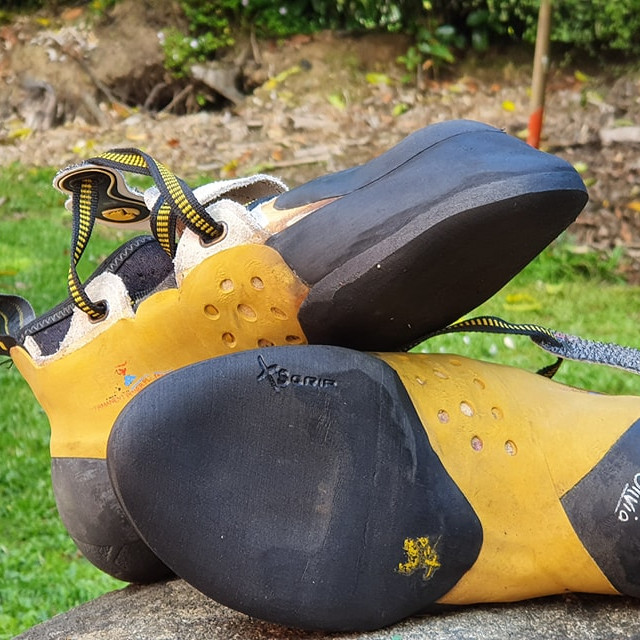The Ultimate Guide to Resoling Your Shoes for Peak Performance
Welcome to the ultimate guide for resoling your shoes to ensure they continue to provide peak performance. The right pair of shoes is an essential part of any athlete’s or outdoor enthusiast’s gear. However, even the best shoes can wear out over time, especially if they are used frequently. Resoling your shoes is a cost-effective and environmentally friendly alternative to buying new ones, allowing you to extend the life of your footwear and maintain their performance. In this article, we will explore the importance of resoling, the process involved, and tips for choosing the right sole for your needs.

Why Resoling Matters
Resoling is crucial for maintaining the integrity and performance of your shoes. It can prolong the life of your footwear, save you money, and reduce waste. When you resol a pair of shoes, you are essentially giving them a new lease on life. This is particularly important for specialized shoes like hiking boots, running shoes, and climbing shoes, where the sole plays a critical role in grip, support, and comfort.

The Resoling Process
The process of resoling your shoes involves several steps. First, the old sole is removed, and any damaged midsole is repaired or replaced. Next, a new sole is chosen based on your specific needs and preferences. The new sole is then attached to the shoe using high-quality adhesive and, in some cases, stitching for added durability. Finally, the shoes are allowed to cure, ensuring a strong bond between the sole and the shoe.

Choosing the Right Sole
Selecting the right sole for your shoes is a critical step in the resoling process. You should consider factors such as the type of activity for which the shoes are intended, the materials used in the sole, and the sole’s durability. For example, a runner might opt for a lightweight, flexible sole, while a climber might need a sticky, grippy sole for better traction on rock surfaces.

Maintenance and Care After Resoling
After your shoes have been resoled, it’s essential to take proper care of them to ensure they continue to perform at their best. This includes regular cleaning, checking for signs of wear, and addressing any issues promptly. Additionally, you should store your shoes in a cool, dry place away from direct sunlight to prevent damage to the new sole.

